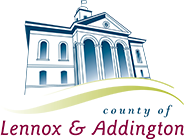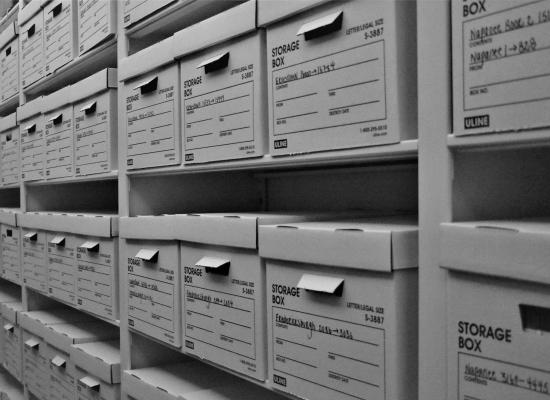
Re-opening Again... for (hopefully) the Last Time
It’s time to dust off the tables, ready the microfilm readers and do a thousand bicep curls in preparation of opening the archives and hauling boxes. Or pulling files which requires significantly less strength but nevertheless, we’re opening again soon, and we can’t wait to have you back!
I’m tired of re-opening the archives. This will be thrice since the pandemic started. Let’s hope there’s no fourfold. Let’s hope words like thrice and fourfold stay resigned to history except when an archivist hears those terms on a tv show and can’t help but smile when using them.
As I was saying, re-opening is getting tiresome so with great confidence in Ontarians and vaccines, I provide direction for digital resources from your archives and beyond to prime those research muscles, to ready the historical section of your brain, and get plans in place to come back once we open the doors for the fivefold minus twice we’ve done this before.
Web Archiving
In the (VERY) near future, we will be launching our web archives or our way of ensuring websites from county/municipal government and community groups are part of the historical record moving forward. This has significant impact for community groups and organizations that live and thrive with an online presence but don’t otherwise have a voice in the archival records. It’s my hope that our web archives can provide that voice.
Why is web archiving important? The obvious answer is because website content is fleeting. A more complicated answer is that with our ever increasing reliance on digital content as sources of information, it’s important to capture and preserve what information people had access to at a given point in time.
The screen captures below are from the Wayback Machine by Internet Archive. This is web archiving and capturing as well but I’ll spare you the fine details of how this system and our web archiving program will differ. Instead, let’s have some fun looking at the evolution of the Lennox and Addington County website beginning in 1999:
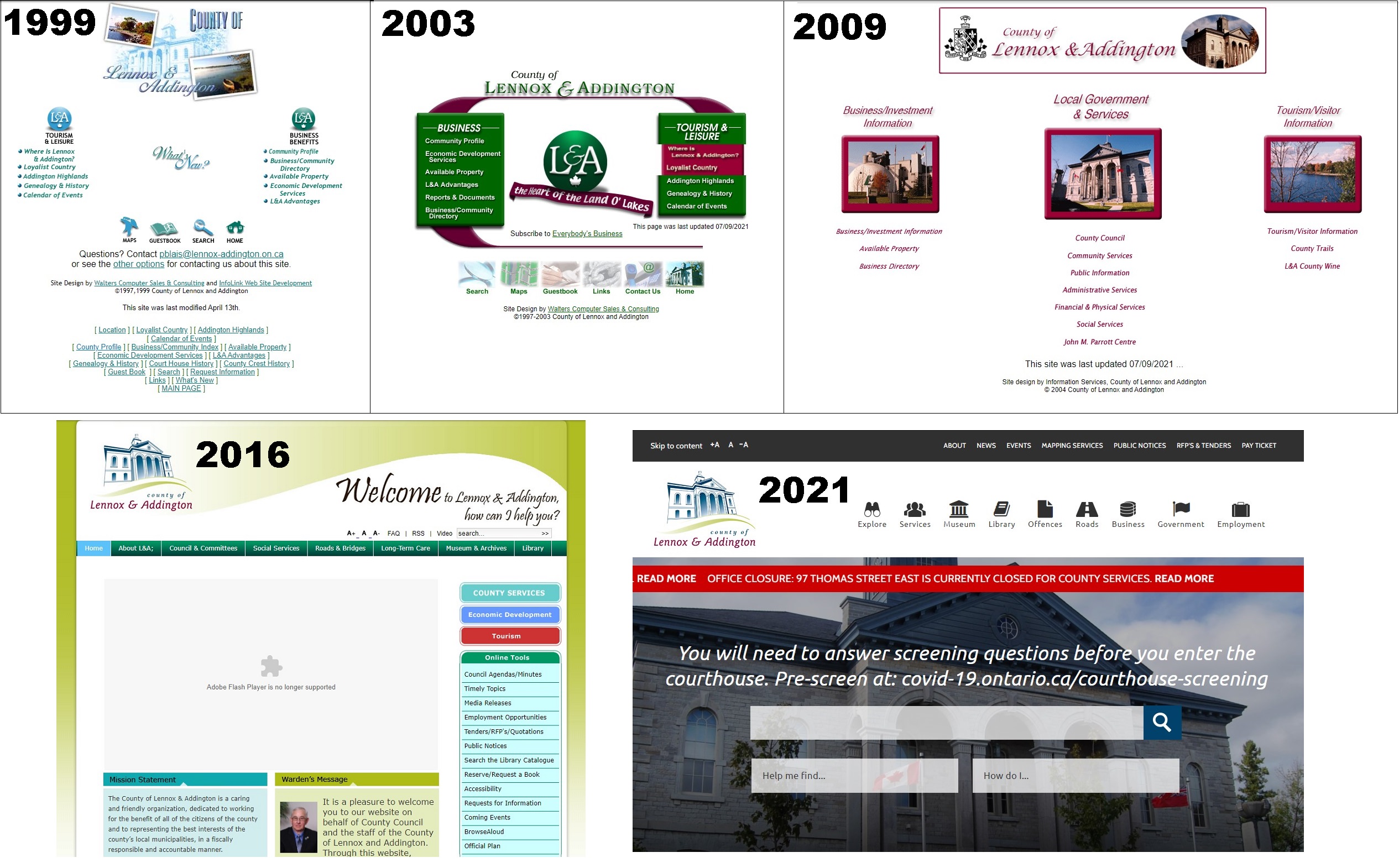
April 22, 1999; June 24, 2003; September 1, 2008; January 26, 2016; June 21, 2021
There are billions of web pages in the Wayback Machine so make sure to check it out if there’s a site of particular interest. Watch for more on our web archiving program coming soon.
FamilySearch.org and the Archives of Ontario
These two powerhouses of archival and genealogical records have come together to provide digital records that have a huge impact on ancestral research in Lennox and Addington County beginning with Loyalist settlement. Collections recently put online include land records, immigration records, and wills and estate files.
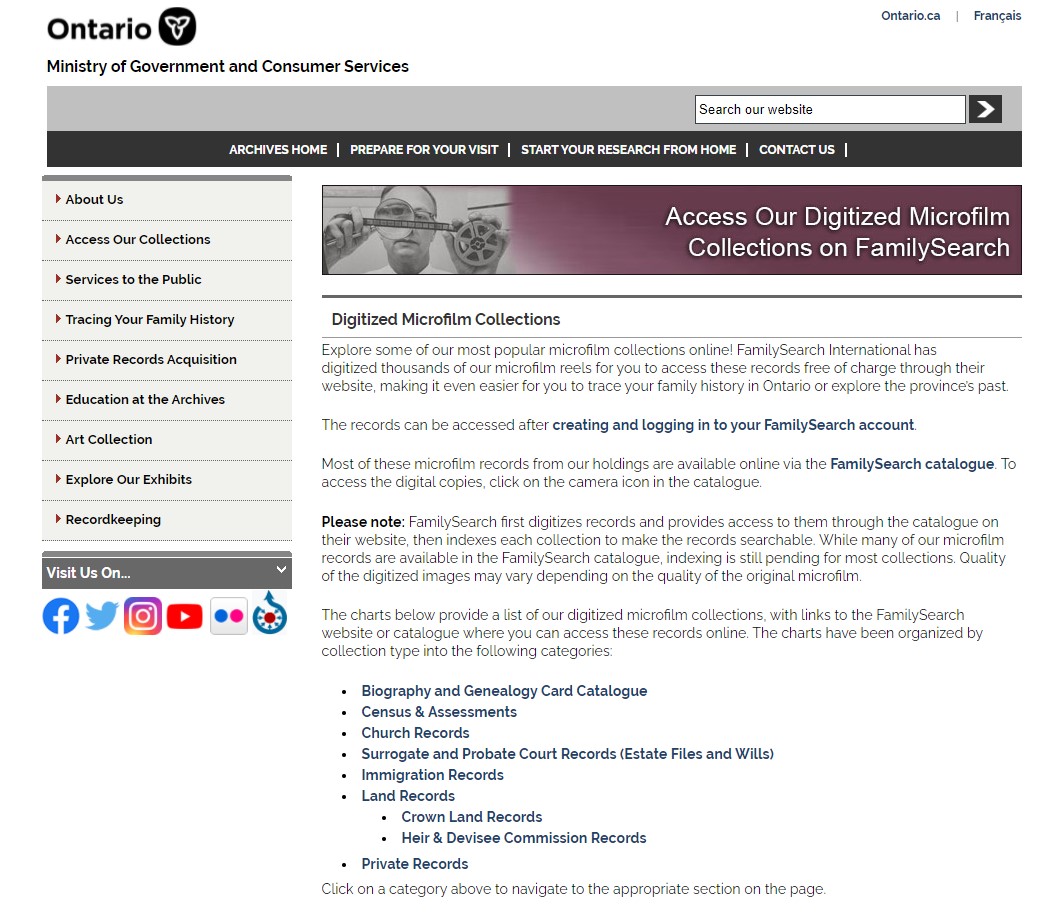
FamilySearch requires a login for access (it’s free!) but once you’re in there, the searching is endless. There’s a collection of church records from across the province including the original parish register for the early Lutheran Church Record in our area (we have an index and transcription published by the Kingston Branch of the OGS in the archives if reading the original isn’t for you).

You’ll also find Crown Land Correspondence index cards that directs you to the collections at the Archives of Ontario.
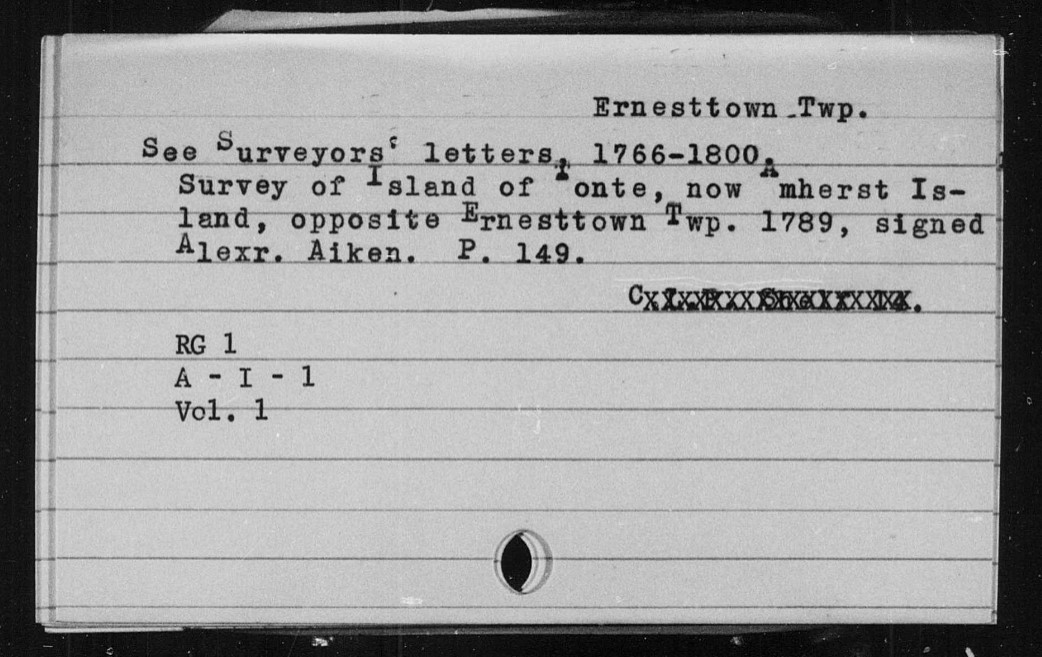
The list goes on. And on. And it’s challenging not to spend days sifting through these records. DO sift through the records as much as you can if you’re researching your L&A family, it’s well worth the time for what you might find.
http://www.archives.gov.on.ca/en/access/digitized_microfilm_collections_on_familysearch.aspx#_Categories Accessed on July 9, 2021
Parish register – FamilySearch.org, accessed on July 9, 2021
Crown Land Index Card – FamilySearch.org, accessed on July 9, 2021
